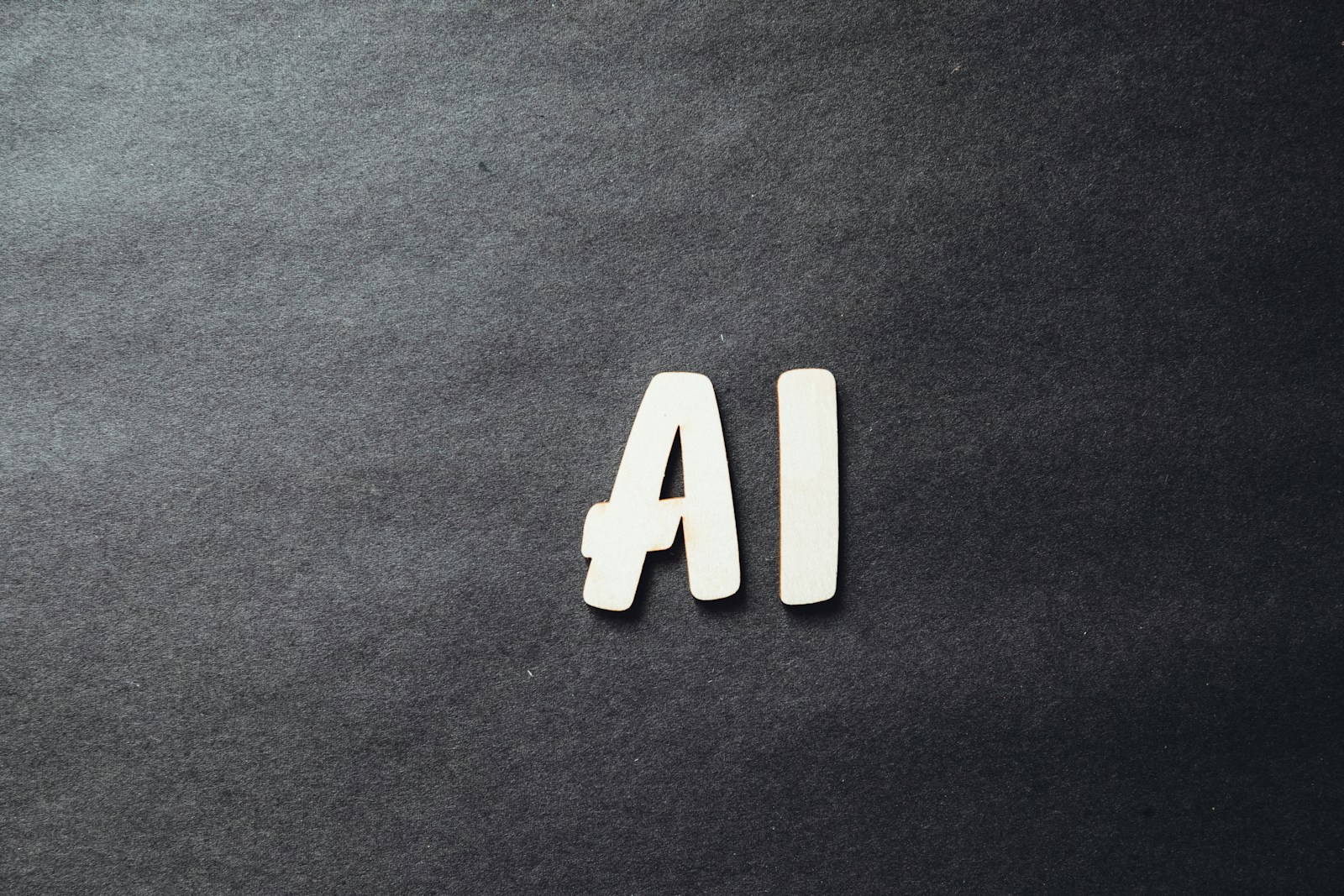A new report suggests that AI could create over 78 million jobs worldwide by 2030, surpassing job losses and reshaping the global economy.
Key Points at a Glance
- AI is projected to generate 78.2 million new jobs globally by 2030, while eliminating 57.6 million.
- Industries like healthcare, technology, and renewable energy are expected to benefit the most from AI-driven job creation.
- The report emphasizes the need for robust workforce training programs to prepare for this shift.
Artificial intelligence (AI) has long been viewed as a double-edged sword in the job market—while offering potential for unprecedented innovation, it also threatens to displace millions of workers. However, a new report from the Global Future of Work Institute (GFWI) paints an optimistic picture of the future job market, suggesting that AI could create substantially more jobs than it eliminates by 2030.
The GFWI report estimates that AI will generate 78.2 million jobs worldwide by 2030, compared to 57.6 million jobs it is expected to displace. This net increase of 20.6 million jobs reflects a transformation of the global labor market rather than its destruction.
“Contrary to the apocalyptic predictions, we’re seeing AI act as a catalyst for job creation in emerging sectors,” said Dr. Laura Bennett, GFWI’s chief economist. “The challenge is ensuring that the workforce is ready for these changes.”
Industries poised to benefit from AI advancements include healthcare, renewable energy, and technology. Healthcare, for example, is expected to see a surge in roles ranging from AI-driven diagnostics to patient care coordination. Similarly, the tech sector will require a growing number of AI specialists, data scientists, and software engineers.
In renewable energy, AI’s ability to optimize energy grids and develop smart technologies will spur job creation in engineering and project management.
The report acknowledges that certain jobs, particularly those involving repetitive tasks, are at high risk of automation. Manufacturing and administrative roles are among the most vulnerable, but AI’s encroachment on these areas is offset by its potential to create roles in AI oversight, maintenance, and programming.
“The onus is on governments and corporations to manage this transition responsibly,” said Bennett. “Investing in workforce reskilling programs is not just advisable but essential.”
Preparing the workforce for AI-driven job growth is a recurring theme in the report. It highlights the need for comprehensive education and reskilling initiatives to ensure that workers can transition to new roles. Without such efforts, the benefits of AI’s economic potential may be unevenly distributed, exacerbating income inequality and regional disparities.
While the report underscores the opportunities AI presents, it also cautions against complacency. The net gain in jobs assumes proactive measures from policymakers, educators, and industry leaders to address displacement and skills gaps. “The decisions we make today will determine whether AI’s impact is ultimately beneficial or disruptive,” the report concludes.
As AI continues to advance, its influence on the job market will remain a subject of intense debate and scrutiny. This report offers a hopeful outlook, but it also serves as a call to action for stakeholders to ensure that the AI revolution benefits society as a whole.
